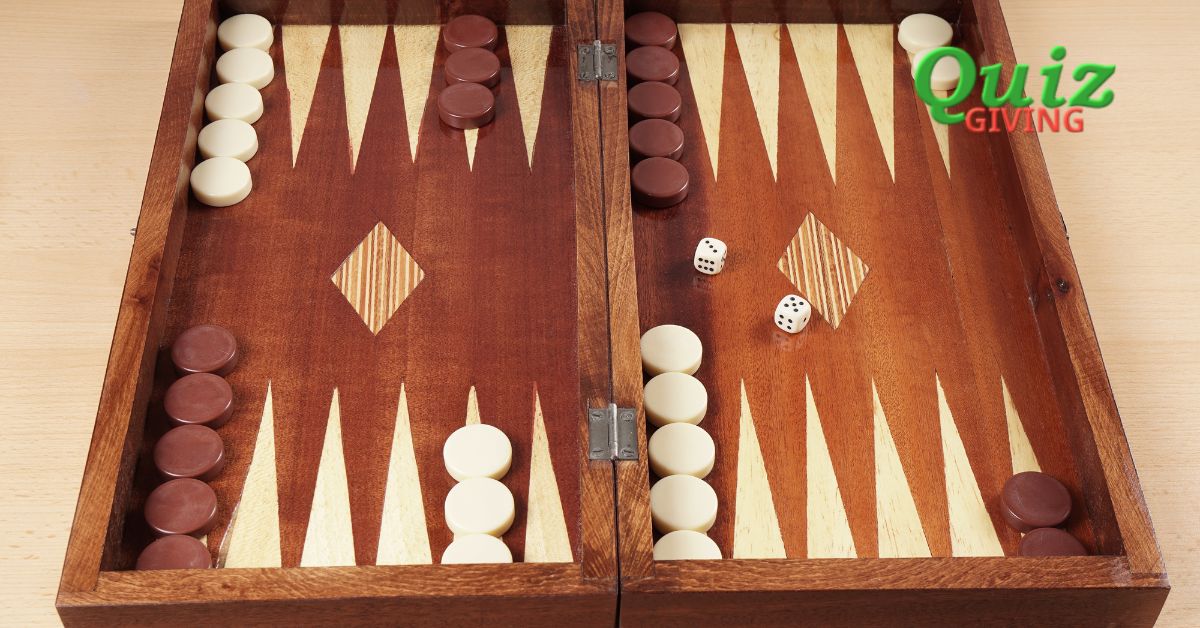Backgammon is one of the oldest known board games, dating back nearly 5,000 years to ancient Mesopotamia. This captivating game combines strategy, probability, and luck, making it a favorite among players of all ages. The objective is simple yet challenging: move all your checkers into your home board and then bear them off before your opponent does. Each player starts with 15 checkers, and the roll of two dice determines how many points, or pips, the checkers can move. The game board consists of 24 narrow triangles called points, divided into four quadrants.
Players must navigate their checkers around the board, avoiding being hit and sent to the bar, which requires re-entry into the game. The doubling cube adds an extra layer of strategy, allowing players to raise the stakes. Did you know that backgammon was banned by the Catholic Church in the 16th century due to its gambling nature? Whether you’re a novice or a seasoned player, understanding the basic rules is crucial for mastering this timeless game. Ready to test your knowledge? Take our “Backgammon Basics: An Introductory Quiz” and see how much you’ve learned!

